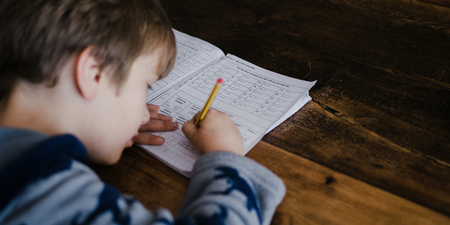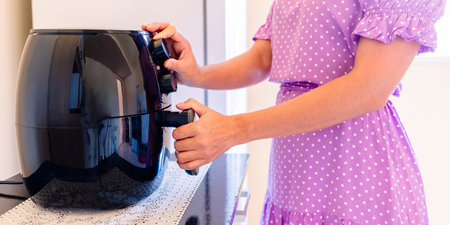Daytime sleep has a large controlling impact on your child’s ability to sleep well overnight.
The dynamic between each daytime sleep is also important. Limiting your child’s daytime sleep to improve nighttime sleep may sometimes work to your advantage, but in my experience, it may only improve the nighttime presentation in the short term and then the issues re-emerge within 10–14 days, sometimes worse than they were originally.
Or you may be confused as your child naps incredibly well during the day and still you have sleep issues overnight.
Here are some common nap issues:
- Your child takes inadequate daytime sleep, may be easy or difficult to put down in the cot or the buggy or car, but the nap never exceeds 45 minutes. Although they may have a series of short naps, this may not be enough to meet your child’s sleep need, resulting in an overtired child at bedtime who will either be challenging to get to sleep or easy, but will wake frequently throughout the course of the night and maybe even stay awake for large periods of time during the core part of the night.
- Your child may take excellent daytime sleep, but the balance may not be quite right. When I refer to balance it is because each nap takes the sleep pressure off the brain, but certain times during the day are more significant than others. One of the most pernicious nap dynamics is what I call a ‘top-heavy’ day. This involves your child taking a marathon first nap in the morning, for one or two hours or more, and then weaker or no more sleep for the rest of the day. This creates too long a wakeful period before bedtime, which in turn enables frustrating sleep problems. Whether your child requires one, two or four naps in the day (according to age), the first two naps are the most significant. However, you may need to be aware of what I call the ‘power play’ between Nap 1 and Nap 2. Bear in mind that you will retain the first two daytime sleeps until your child is closer to 15–18 months of age, but the second nap is the more significant. There is a very real competition between these two sleeps, with Nap 1 wanting to be stronger and longer and Nap 2, as a result, being weaker (less than one hour). The ideal is that Naps 1 and 2 are of equal or similar duration, and this comes down to your child. If only one nap is over one hour, you need it to be Nap 2. Nap 2 carries the weight until bedtime, so that your child is not overtired at the onset of bedtime and is able to go to sleep. Keep this dynamic in mind when we start to address the age-appropriate timetable for your child.
- You may find that no matter how early you prepare for a nap, how well you read sleep signals, the nap is still hard to achieve and even harder to This can be caused by too late a bedtime and/or frequent awakenings through the night, resulting in an under-rested child before the day has even started. This feeds the cycle of tiredness and perpetuates the problem. By beginning to implement the age-related feeding and sleeping balances suggested for your child, you will help to unlock your child’s mechanism for both nighttime and daytime sleep – this will take time but slight improvements may be seen from the start.
- If your child is dependent in the context of their bedtime sleep (uses a bottle/rocking/nursing/requires a parent), that alone can make naps hard to land. Even with the most accurate timing, your child may struggle to achieve and maintain their naps, so the answer is to start to work on all your child’s sleep issues, aiming to strengthen their biological timekeeping and weakening the dependencies, using my stay-and-support approach.
Bedtimes
One of the main causes of many childhood sleep issues may be a bedtime that is attempted too late. This is the foundation of a lot the problems experienced by parents. With children older than six months up to age six, bedtime generally needs to be somewhere between 6pm and 8 pm. All children are different, but they are biologically programmed to get tired and be ‘sleep ready’ in this time frame.
Many families I work with have a bedtime that is outside this recommended bandwidth and so it will need to be adjusted significantly as we correct the issues. That is not to say that you will always have to operate an early bedtime, but it will definitely be the basis of any sleep strategy that I put together, for two main reasons: your child’s body will be getting ready for sleep in this time frame; and their brain will be open to learning a ‘new’ way of going to sleep; this strategy on its own is part of the successful formula that I apply.
If you attempt to correct sleep issues without setting the right bedtime, you may well be successful, but on the other hand you may not, and you may find your child is extremely upset and just not able to gain the skill that you are trying to establish.
Lucy Wolfe is a renowned paediatric sleep consultant. Her new book The Baby Sleep Solution published by Gill Books is available in all good bookstores now, priced at €16.99.



















































